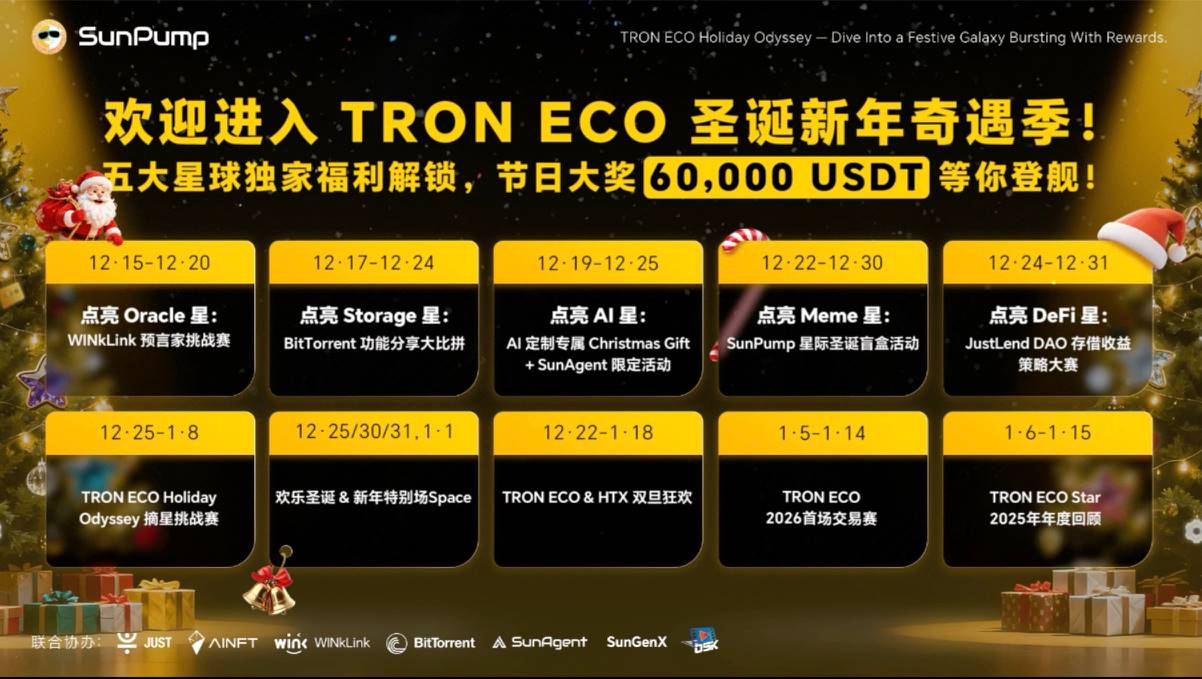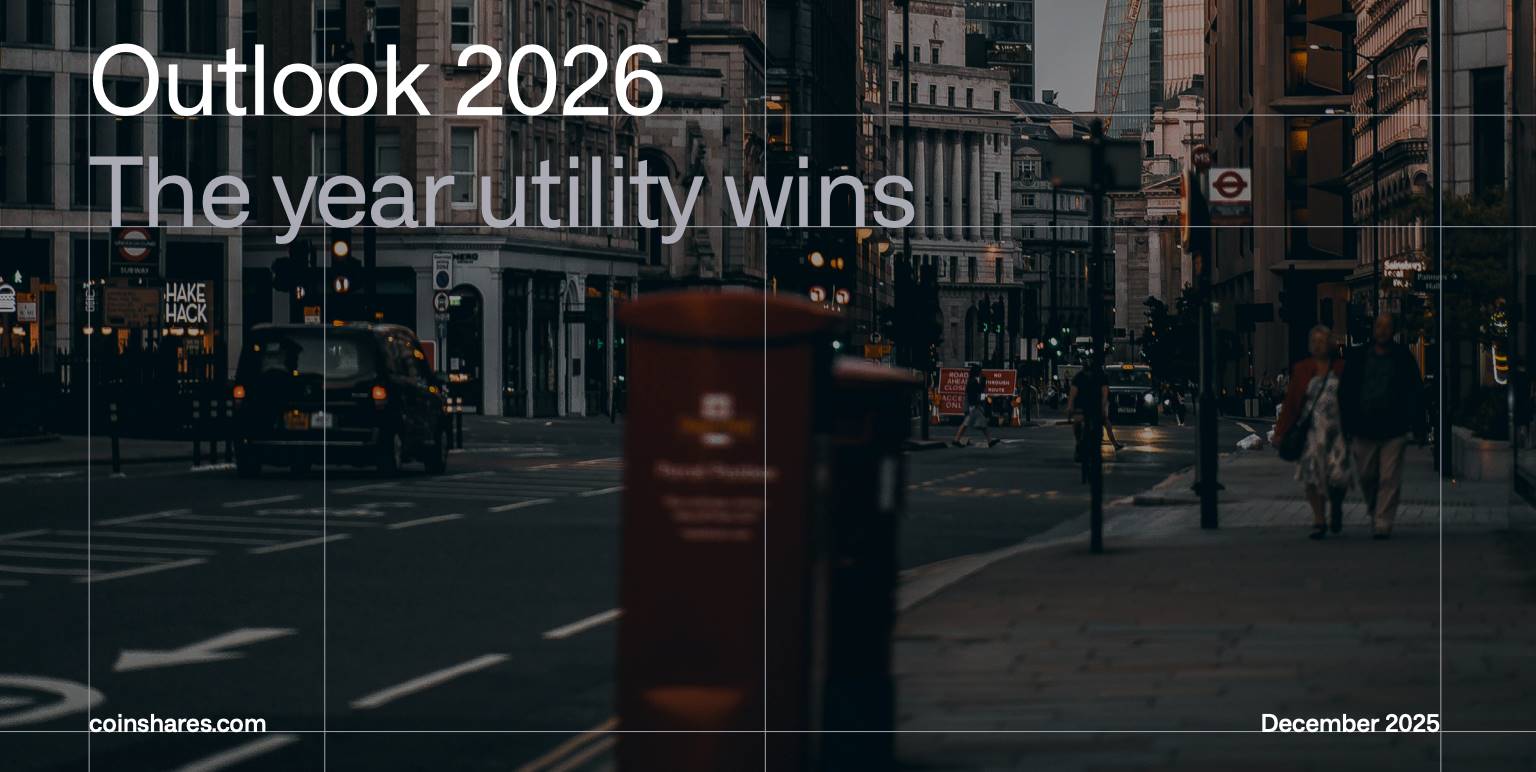NVIDIA’s China Chip Stalemate Shadows Record Earnings
- NVIDIA shares fell 2.2% pre-market after Q2 FY2026 results showed $46.7B revenue (56% YoY growth), but data center revenue missed forecasts by $200M due to U.S. export restrictions halting H20 chip sales to China. - The company expanded its buyback program by $60B and declared a $0.01/share dividend, signaling confidence despite geopolitical risks and a $4B H20 sales decline from China-related restrictions. - CEO Jensen Huang emphasized the Blackwell platform as central to AI infrastructure, projecting $
NVIDIA shares dropped 2.2% in pre-market trading following the release of its second-quarter fiscal 2026 financial results, as data center revenue fell slightly short of analyst expectations and geopolitical uncertainties continued to weigh on its operations. The company reported $46.7 billion in revenue for the quarter, a 56% increase compared to the same period in the prior year and exceeding the $46.2 billion forecast by analysts. Despite this strong performance, data center revenue came in at $41.1 billion—$200 million below the $41.3 billion expected—due in part to a $4 billion decline in H20 chip sales. This decline was attributed to U.S. export restrictions that effectively halted H20 sales to China during the quarter. No H20 sales were recorded in China for the period, though NVIDIA benefited from a $180 million release of previously reserved H20 inventory and $650 million in unrestricted H20 sales to a customer outside of China [2].
NVIDIA’s adjusted earnings per share (EPS) were $1.05 on revenue of $46.7 billion, surpassing the $1.01 forecast by analysts. The company also announced a $60 billion expansion of its share repurchase authorization, bringing total shareholder returns for the first half of fiscal 2026 to $24.3 billion. With $14.7 billion remaining under the updated buyback program, NVIDIA signaled confidence in its financial strength and long-term growth prospects. The board also declared a quarterly cash dividend of $0.01 per share, to be paid on October 2, 2025 [1].
Despite these financial milestones, NVIDIA’s third-quarter revenue outlook—projected to be $54 billion, plus or minus 2%—did not include H20 sales, which could have further boosted revenue. The company's CFO, Colette Kress, noted that the lack of clarity around the U.S. government’s formalization of the 15% revenue-sharing arrangement for H20 chip sales to China continued to limit its ability to capitalize on the Chinese market. Although licenses had been issued to a "select number" of Chinese customers, no H20 sales were completed in the second quarter due to the lack of finalized regulations. If geopolitical tensions ease, NVIDIA expects to generate between $2 billion and $5 billion in H20 revenue in Q3 [7].
NVIDIA’s CEO, Jensen Huang, emphasized the company’s strategic focus on the Blackwell platform, stating that it is "the platform at the center of the AI race." He highlighted the platform’s role in meeting the rising demand for AI infrastructure, with the company anticipating $3 trillion to $4 trillion in global AI infrastructure spending by the end of the decade. The company has also been expanding its offerings in networking, with networking revenue reaching $7.2 billion in Q2, a 98% increase year over year. Huang underscored the integration of computing, networking, and software as a key driver of future growth [6].
The earnings report comes amid heightened scrutiny over the sustainability of the AI boom. Prominent figures, including OpenAI’s Sam Altman and economists, have raised concerns about the formation of an AI bubble. While NVIDIA’s financial performance has generally defied these concerns, the moderation in growth—particularly compared to the explosive figures seen earlier in the AI cycle—has raised questions among investors. The company’s shares, which had surged nearly 35% year to date, dipped in after-hours trading as market participants digested the mixed signals from the report. The decline underscored the high expectations placed on NVIDIA, a company that has become a bellwether for the broader technology sector [5].
NVIDIA’s China strategy remains a critical area of focus. The Trump administration’s shifting policies on chip exports have created a complex and unpredictable environment for the company. While recent approvals have allowed limited sales of H20 chips to China, the lack of a clear regulatory framework and concerns about security risks from Beijing have complicated the situation. Huang has publicly advocated for a consistent and collaborative approach, arguing that restricting U.S. technology companies from China could accelerate the development of domestic alternatives in the country and weaken U.S. leadership in AI. NVIDIA is also reportedly working on a new chip, the B30, tailored to meet both Chinese demand and U.S. export controls [8].
Source: [1] NVIDIA Announces Financial Results for Second Quarter ... [2] Nvidia stock sinks after data center sales miss forecasts, CEO ... [3] Nvidia Sales Jump 56%, a Sign the A.I. Boom Isn't Slowing ... [4] Nvidia Forecasts Decelerating Growth After Two-Year AI ... [5] Chip giant Nvidia beats revenue expectations, defying fears of ... [6] Nvidia CEO Jensen Huang says US tech stack should be ... [7] Nvidia still hasn't finalized deal to kick 15% of some China ... [8] Nvidia shares dip as chipmaker's earnings come in good ...
Disclaimer: The content of this article solely reflects the author's opinion and does not represent the platform in any capacity. This article is not intended to serve as a reference for making investment decisions.
You may also like
Prize pool of 60,000 USDT, “TRON ECO Holiday Odyssey” annual ecological exploration event is about to begin
TRON ECO is launching a major ecosystem collaboration event during Christmas and New Year, offering multiple luxurious benefits across the entire ecosystem experience!

Interpretation of the CoinShares 2026 Report: Bidding Farewell to Speculative Narratives and Embracing the First Year of Utility
2026 is expected to be the "year of utility wins," when digital assets will no longer attempt to replace the traditional financial system, but rather enhance and modernize existing systems.

Crypto Market Plummets as Fed’s Hawkish Stance Stuns Traders
In Brief Crypto market lost 3%, market cap fell to $3.1 trillion. Fed's hawkish rate cut intensified market pressure and volatility. Interest rate rise in Japan further destabilized crypto prices globally.
